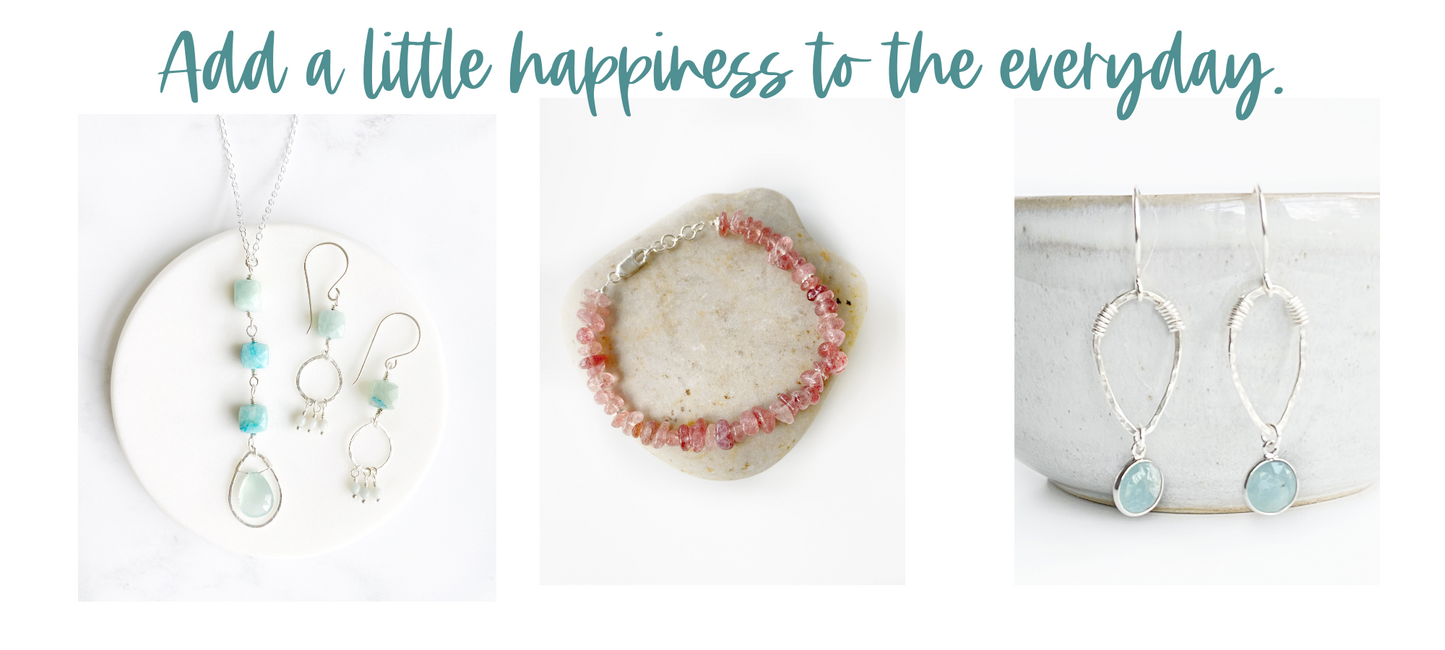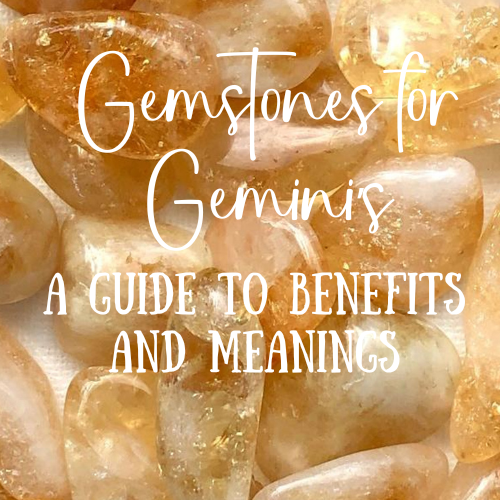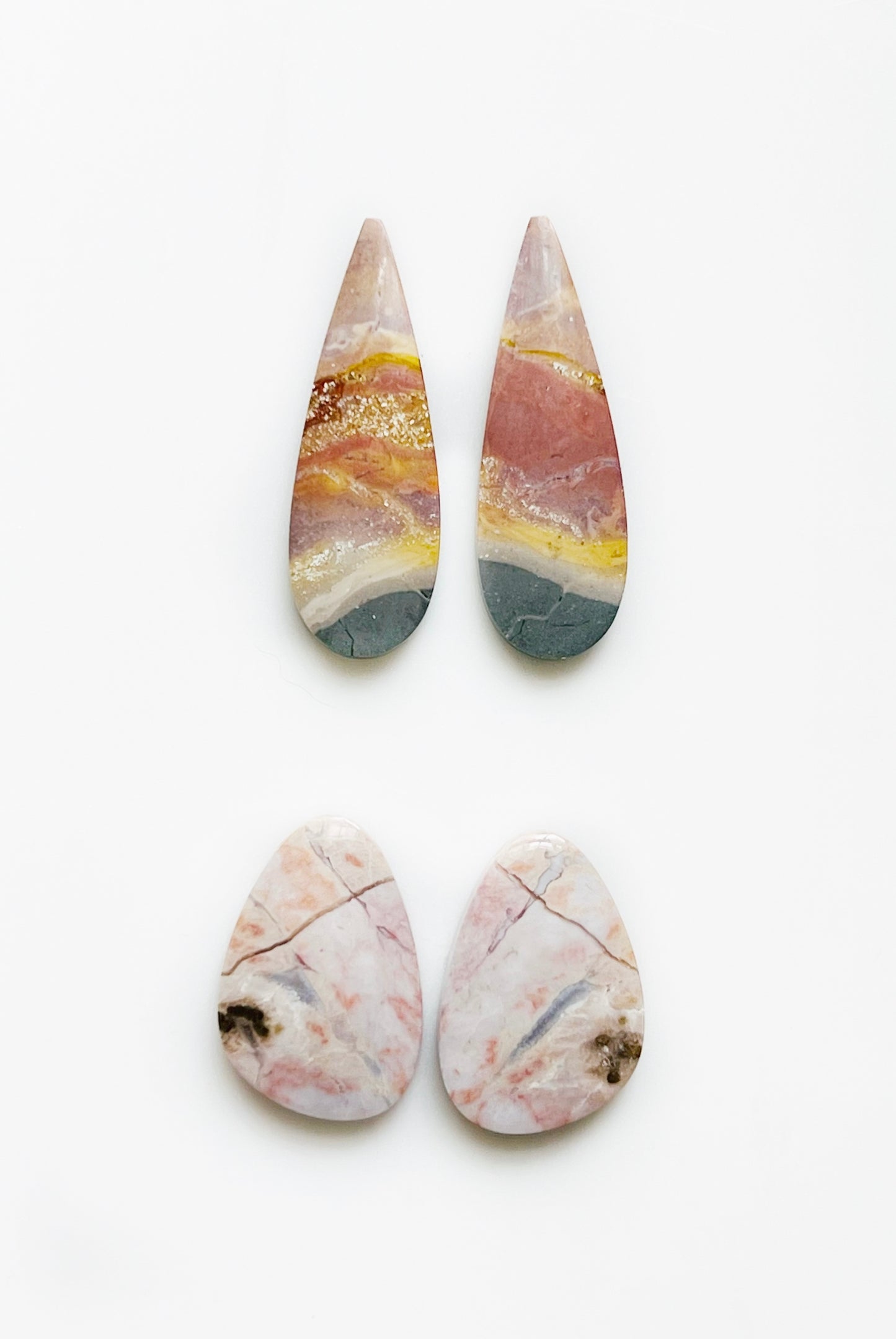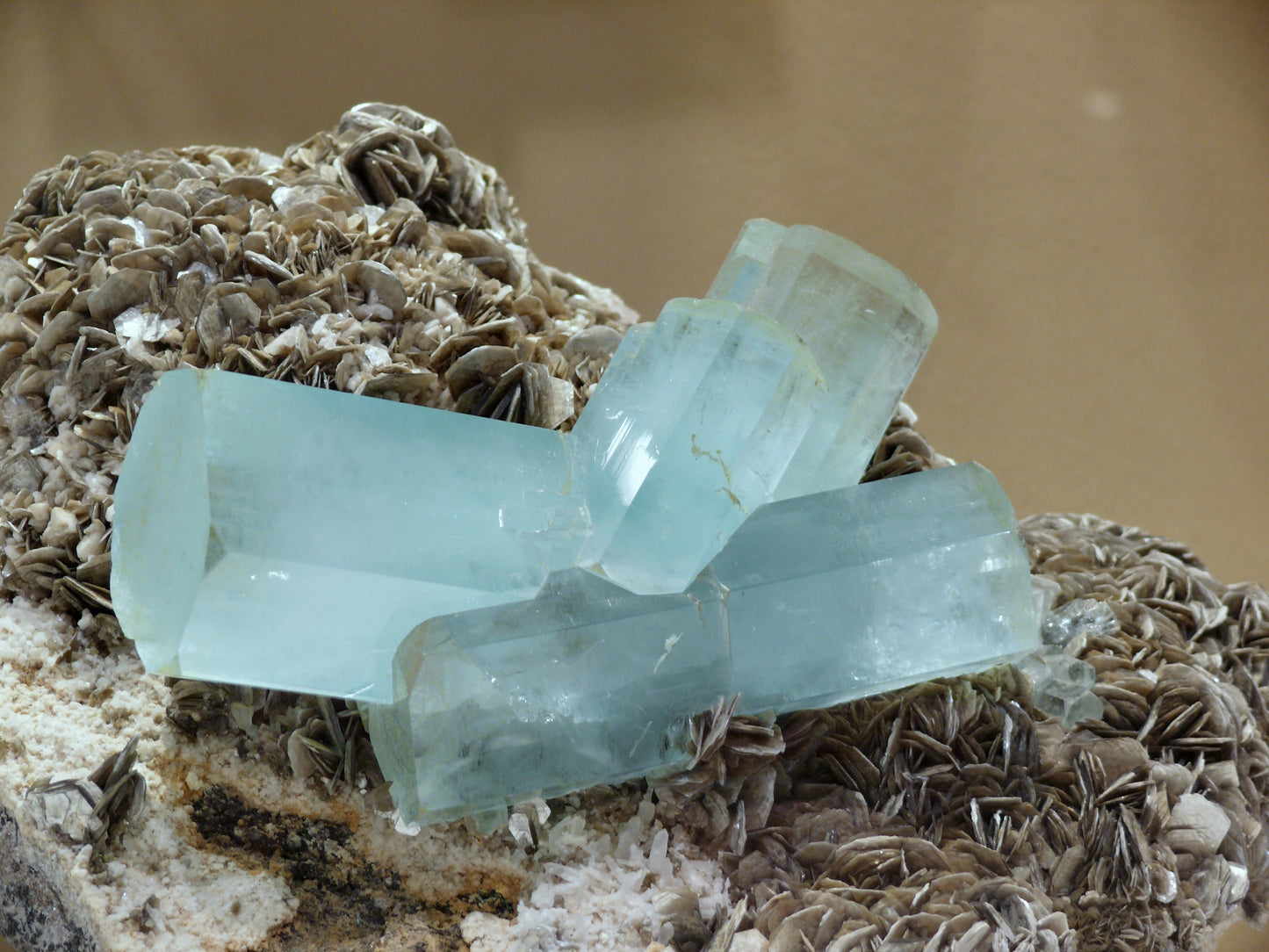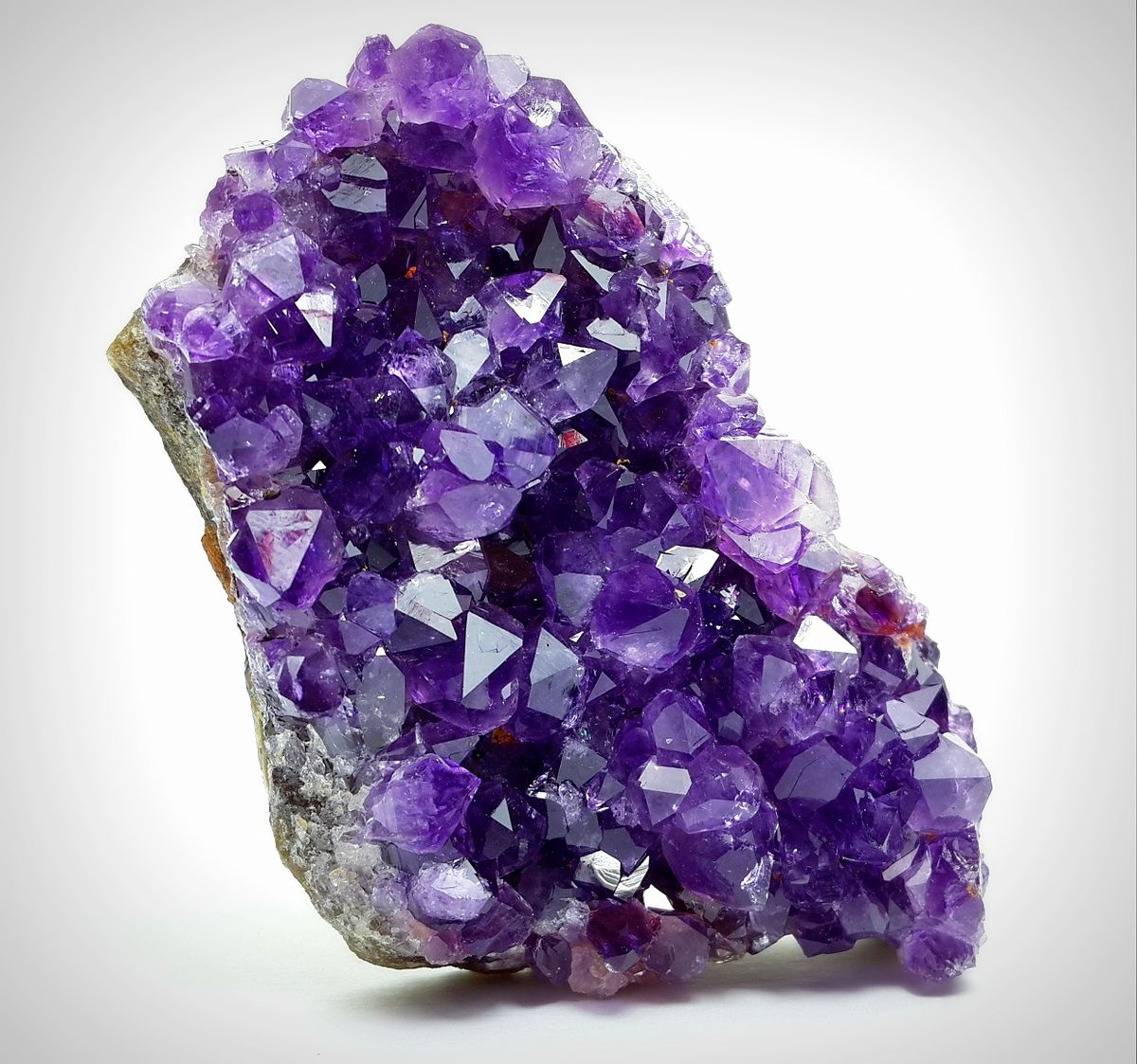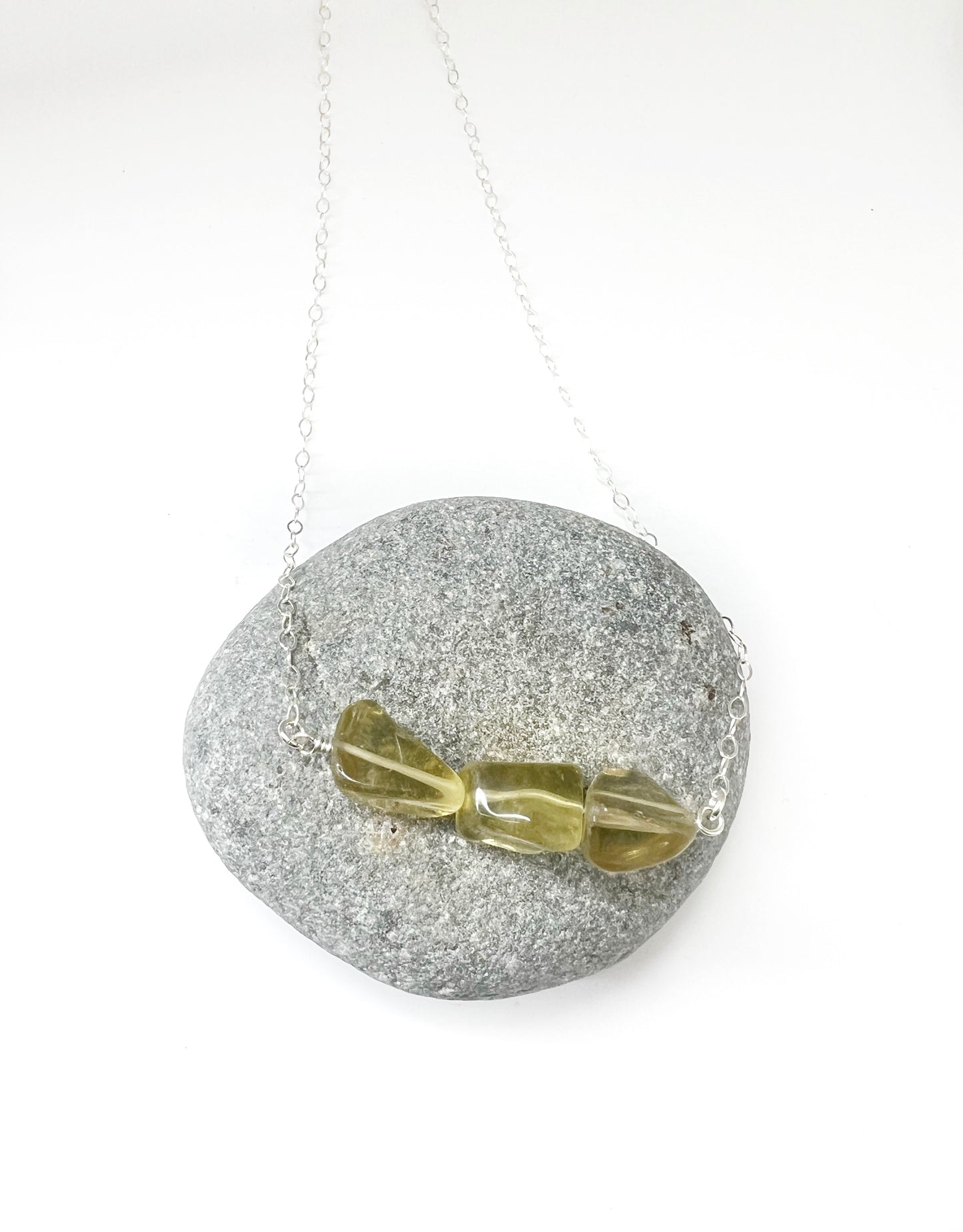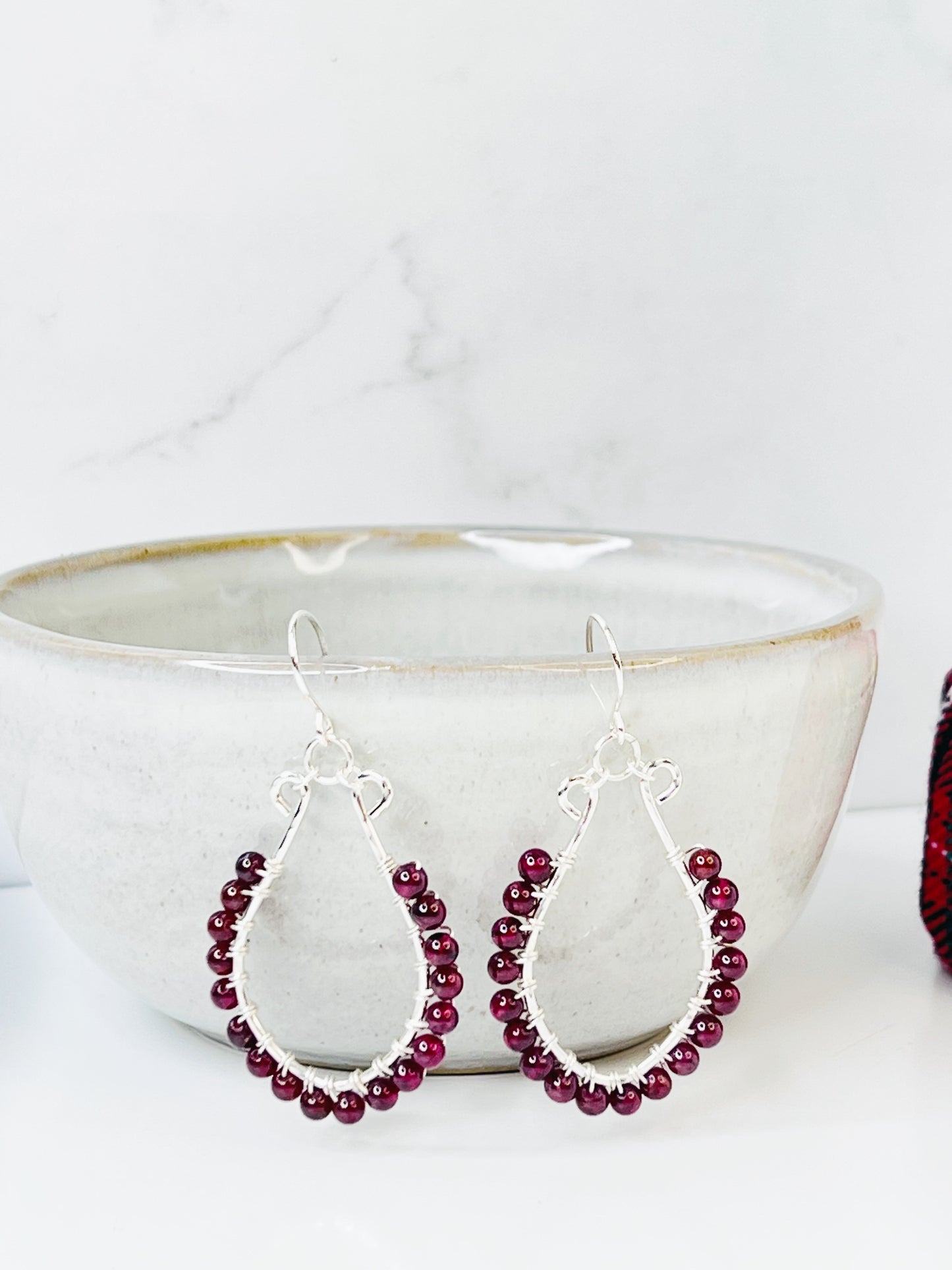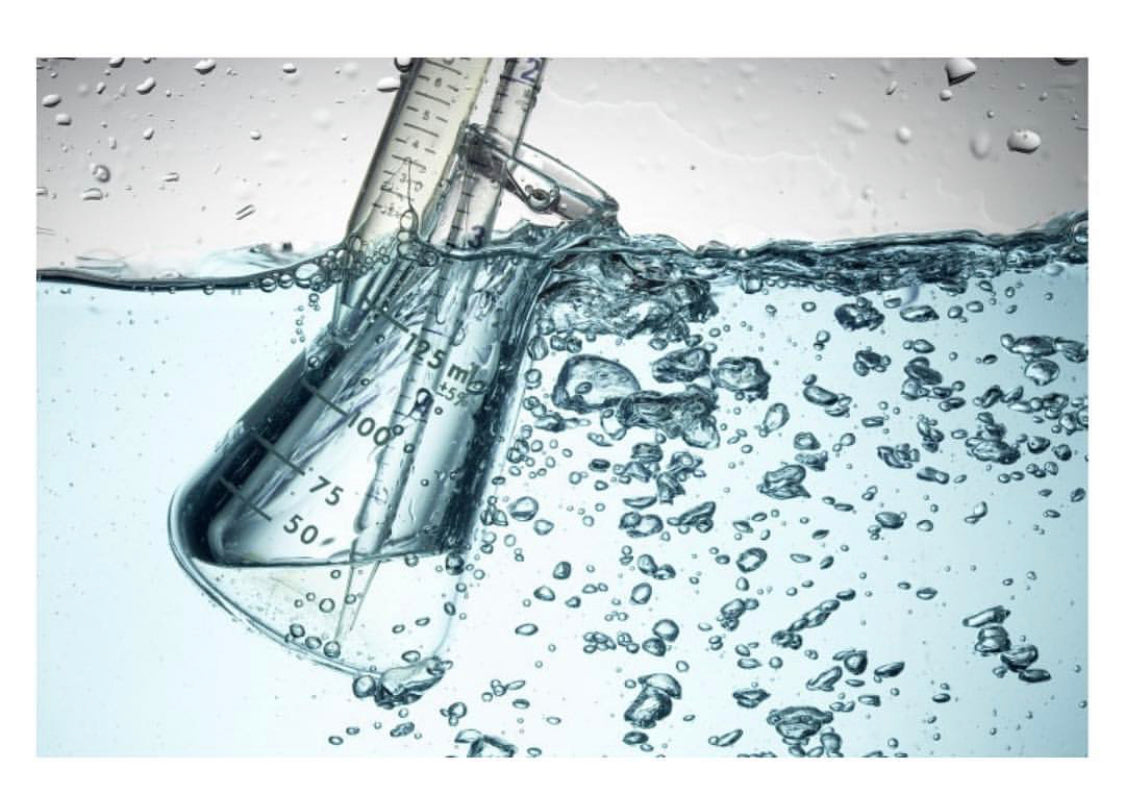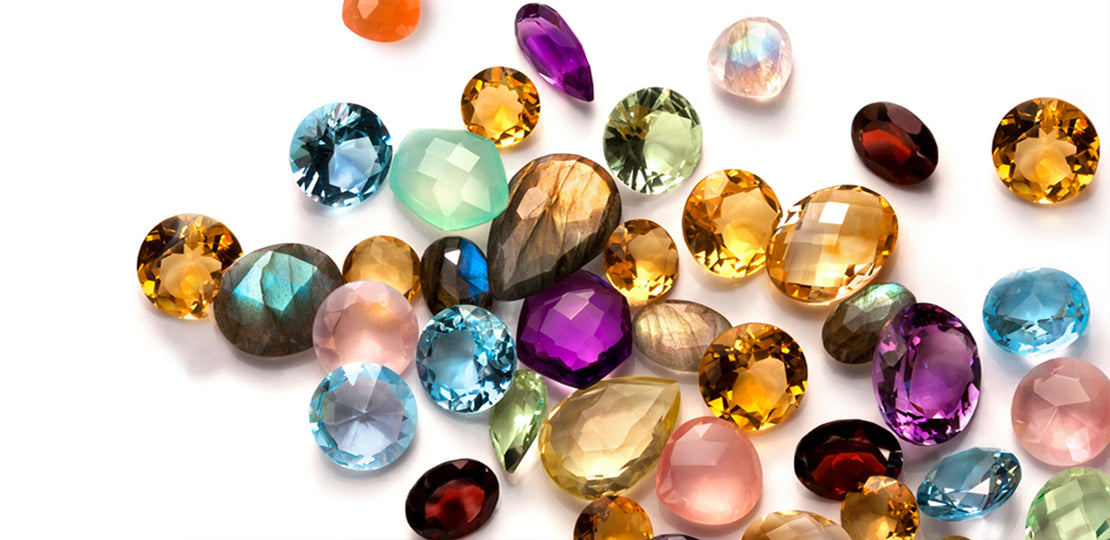
Everyone has heard of gemstones before, right? But what do you really know about them? What are they? Where do they come from? What are the different gemstones? (did you know diamonds are gemstones? Or did you think they were different?) Where do you find them? Do they have energy associated with them?Do you care? It's ok if you don't. But if you do, keep reading. I'm sharing what I have been discovering.
According to diamond-heaven.co.uk all diamond and gemstones are crystals formed from certain compounds or elements anywhere from 3-25 miles deep in the Earth's crust. And diamonds even deeper than that. Gemstones are formed by two or more elements coming together through metamorphism, heat and pressure forcing the elements to come together over thousands of years. Only diamonds are formed by one element carbon. The stones are then mined
From there, the categories are precious gemstones (rubies, sapphires, emeralds and diamonds) and semi precious which there are over 200 different types of stones (which is too long of list to go over now.)
Some stones are treated for various reasons, mostly to enhance their appearance.
In the book Designing Jewelry with Semiprecious Beads by Kim Gover, she talks about heat treating as one of the most common ones, usually to lighten, darken or totally change the color itself. For instance, Amethyst is one of the most common to be treated with heat. When you heat it, it can turn to Citrine. Naturally occurring Citrine is very rare, so if it wasn't treated, the price would skyrocket. Usually only experts can detect heat treatments in lab conditions. Another treatment done is Irradation. This involves radiation or subatomic particles to brighten the color of a stone. Blue Topaz is one that gets irradated frequently, it's natural color is a pale blue but after the treatment it's much more vivid. It may not always be permanent and if the stone is exposed to light or heat for long periods, it can fade. Some stones that are permeable can be stained or dyed. It can be done to pick up striking effects of the variations in the colors. You can tell some stones have been dyed if they have cracks which will look darker.
Some other treatments worth mentioning are Diffusion which can be done if a heat treatment doesn't produce the desired effect. Infused chemicals at high temps will usually get better results. It can also be used to add stars to the stone, but they are not permanent. Stabilizing is done to make the stones more durable and stronger, it uses polymers which are soaked into the stone. It's commonly used with Turquoise, which is normally soft or unstable. Oiling or Waxing is done to fill in cracks in stones. It has been done to Emeralds, Rubies and Alexandrites have been known to have this treatment and Fracture Fillings are used to match the light refraction in the stone.
These treatments are done on nonorganic semiprecious stones, but there are a few organic ones too. Pearls, Coral and Ivory may be bleached to give a permanent lighter look. And most of these treatments do not change the cost of the stones but some people prefer not to wear stones that have been treated in certain ways. I'm trying to stay away from stones that have been stained or dyed. Sometimes I just love the look of the stone so much, it doesn't matter to me. But I prefer a more natural bead. Which is why I love Amazonite so much, it's one stone that comes up a lot that doesn't appear to be treated.



